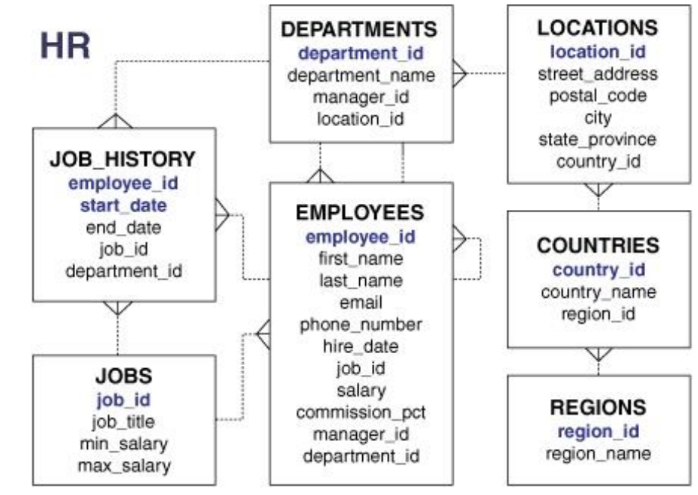Find employees who earn less than the average department salary
 Vishad Patel
Vishad Patel
TechieBytes Solutions, a prominent technology firm specializing in software development and IT services, emphasizes innovation and fair employee compensation. As a data analyst at TechieBytes Solutions, you're tasked with identifying disparities in salary distributions across departments to ensure equitable compensation strategies. This analysis supports the company's commitment to maintaining a fair and competitive work environment.
Problem Statement:
Find the details of the employees who earn less than the average salary in their respective departments.
Note:
Return the columns 'employee_id', 'first_name', 'last_name', 'department_id', and 'salary'.
Return the output ordered by employee_id in ascending order.
Dataset Description:

Sample Input:
Table: Employees

Sample Output:

Approach 1: Using Subquery
select
e.employee_id,
e.first_name,
e.last_name,
e.department_id,
e.salary
from
employees e,
(
select
department_id,
avg(salary) as average_salary
from
employees
group by
department_id
) as t
where
e.department_id = t.department_id
and e.salary < t.average_salary
order by
employee_id
Approach 2: Using a Common Table Expression (CTE)
WITH
AvgSalaries AS (
SELECT
department_id,
AVG(salary) AS average_salary
FROM
employees
GROUP BY
department_id
)
SELECT
e.employee_id,
e.first_name,
e.last_name,
e.department_id,
e.salary
FROM
employees e
JOIN AvgSalaries a ON e.department_id = a.department_id
WHERE
e.salary < a.average_salary
ORDER BY
e.employee_id;
Explanation:
CTE (ManagersWithSubordinates): Identifies managers who have more than 3 subordinates.
Main Query: Retrieves full names of employees who are managers identified in the CTE.
ORDER BY: Sorts the results by full_name.
Approach 3: Using Window Functions
SELECT
employee_id,
first_name,
last_name,
department_id,
salary
FROM
(
SELECT
e.*,
AVG(salary) OVER (
PARTITION BY
department_id
) AS average_salary
FROM
employees e
) sub
WHERE
salary < average_salary
ORDER BY
employee_id;
Explanation:
Window Function (AVG): Calculates the average salary for each department without grouping.
Main Query: Filters out employees whose salary is less than the calculated average salary.
Approach 4: Correlated Subquery
SELECT
e.employee_id,
e.first_name,
e.last_name,
e.department_id,
e.salary
FROM
employees e
WHERE
e.salary < (
SELECT
AVG(salary)
FROM
employees
WHERE
department_id = e.department_id
)
ORDER BY
e.employee_id;
Explanation:
Correlated Subquery: For each employee, the subquery calculates the average salary of the employee's department and filters based on the condition.
Approach 5: Using Derived Table in JOIN
SELECT
e.employee_id,
e.first_name,
e.last_name,
e.department_id,
e.salary
FROM
employees e
JOIN (
SELECT
department_id,
AVG(salary) AS average_salary
FROM
employees
GROUP BY
department_id
) a ON e.department_id = a.department_id
WHERE
e.salary < a.average_salary
ORDER BY
e.employee_id;
Explanation:
Derived Table: The subquery in the
JOINclause calculates the average salary for each department.Main Query: Joins the derived table result with the
employeestable to filter out employees whose salary is less than the department's average salary.
This article discusses various SQL approaches to identify employees at TechieBytes Solutions who earn less than the average salary in their respective departments. It outlines five different methods: simple join, common table expressions (CTEs), window functions, correlated subqueries, and derived tables in JOINs, each with explanations to ensure fair and competitive compensation strategies.
Subscribe to my newsletter
Read articles from Vishad Patel directly inside your inbox. Subscribe to the newsletter, and don't miss out.
Written by
